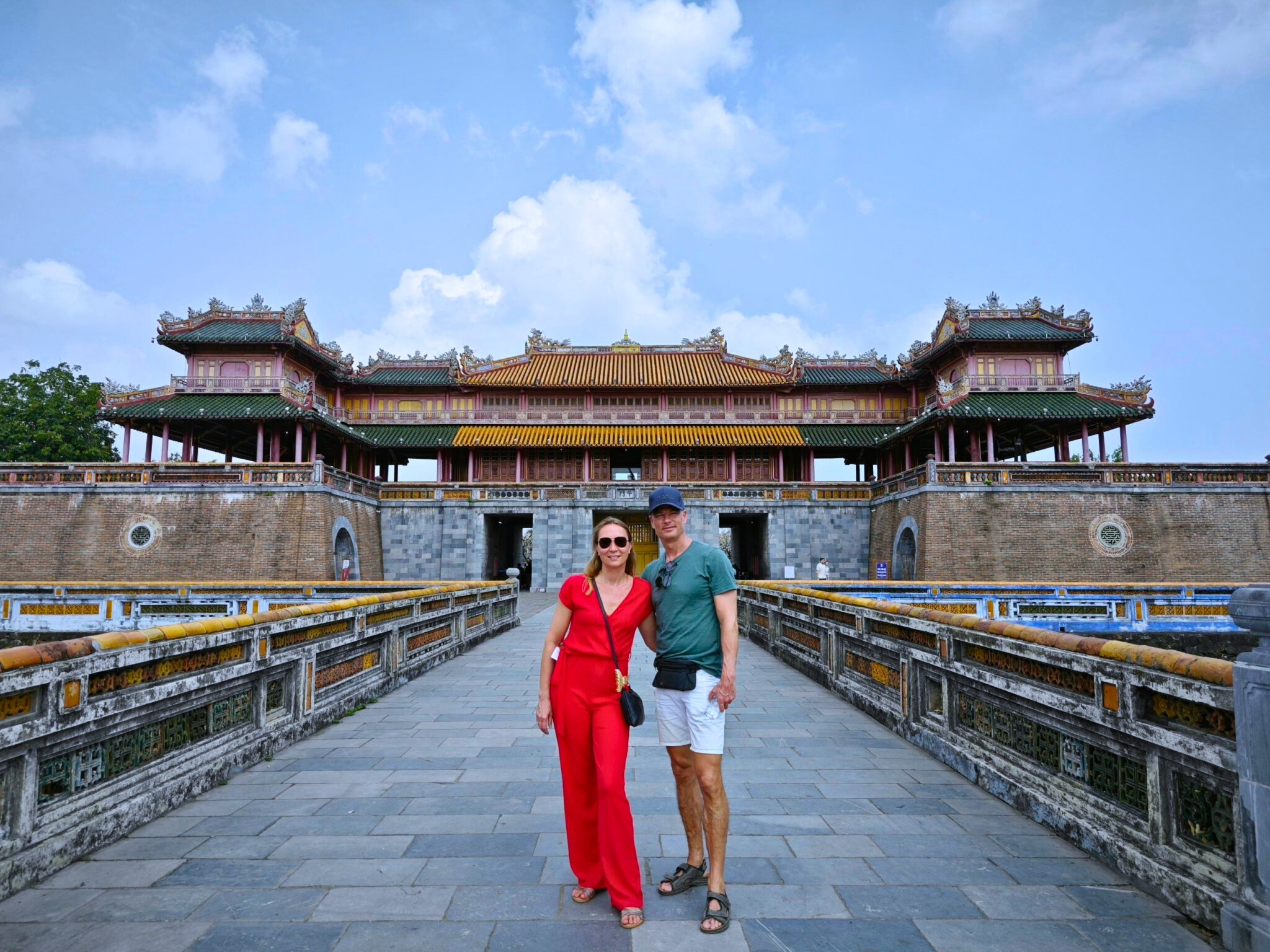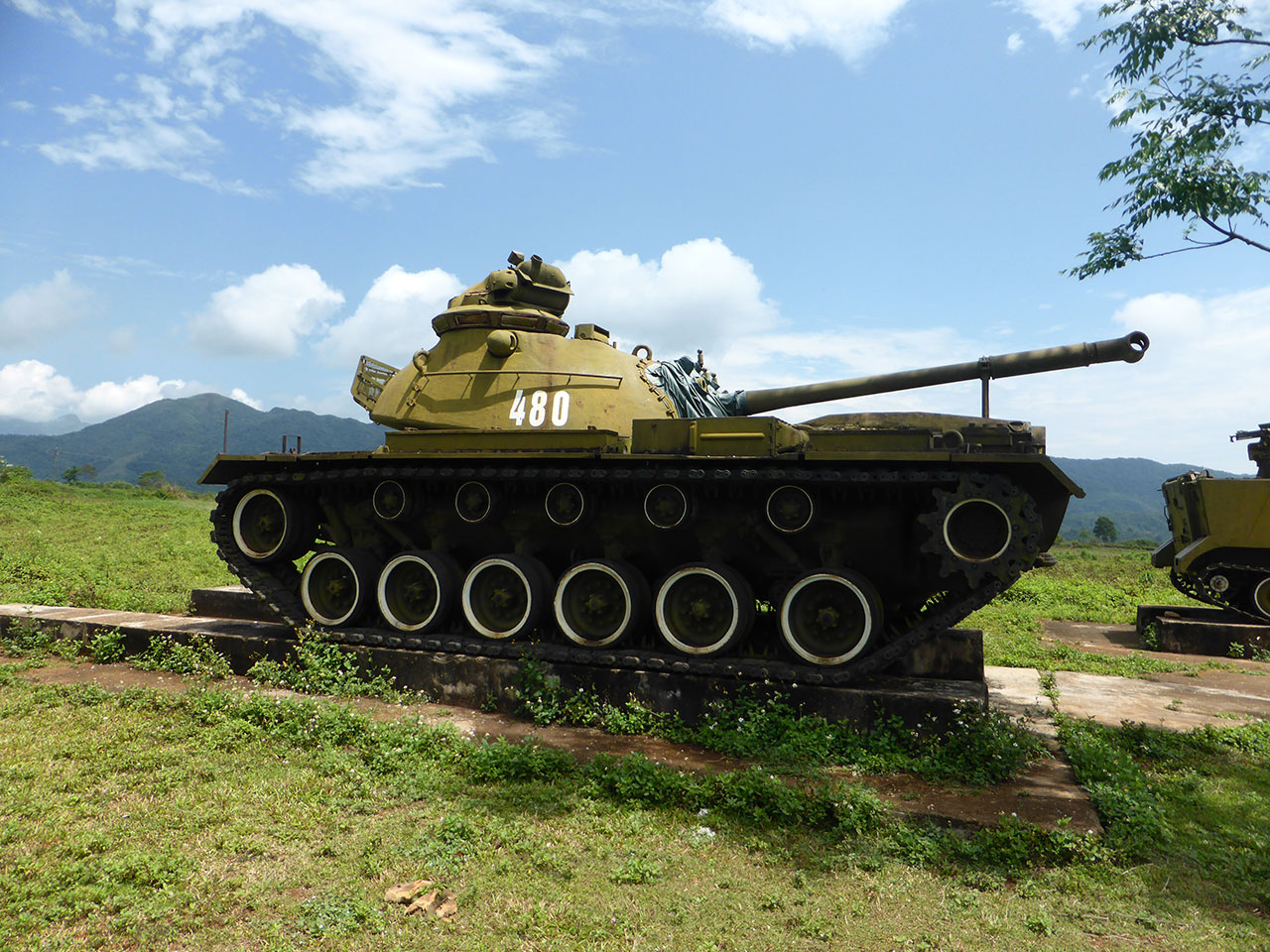How to Travel from Phong Nha to Hoi An: Your Complete Guide for 2025
Planning your journey from the mystical caves of Phong Nha to the lantern-lit streets of Hoi An? You’re in for an adventure through Central Vietnam’s most stunning landscapes. Whether you’re a budget backpacker or seeking comfort, this comprehensive guide covers every transportation option, insider tips, and essential information to make your trip seamless.
Why This Route Matters: Connecting Two UNESCO Gems
The Phong Nha to Hoi An route connects two of Vietnam’s most treasured destinations. Phong Nha-Ke Bang National Park, home to the world’s largest cave systems, and Hoi An Ancient Town, a perfectly preserved trading port, represent Vietnam’s natural and cultural heritage at its finest.
This 340-kilometer journey takes you through:
- Dong Hoi – The gateway city to Phong Nha
- Hue – The former imperial capital
- Da Nang – The coastal metropolis
- The spectacular Hai Van Pass
Transportation Options: From Budget to Luxury
1. Private Car: The Comfortable Choice
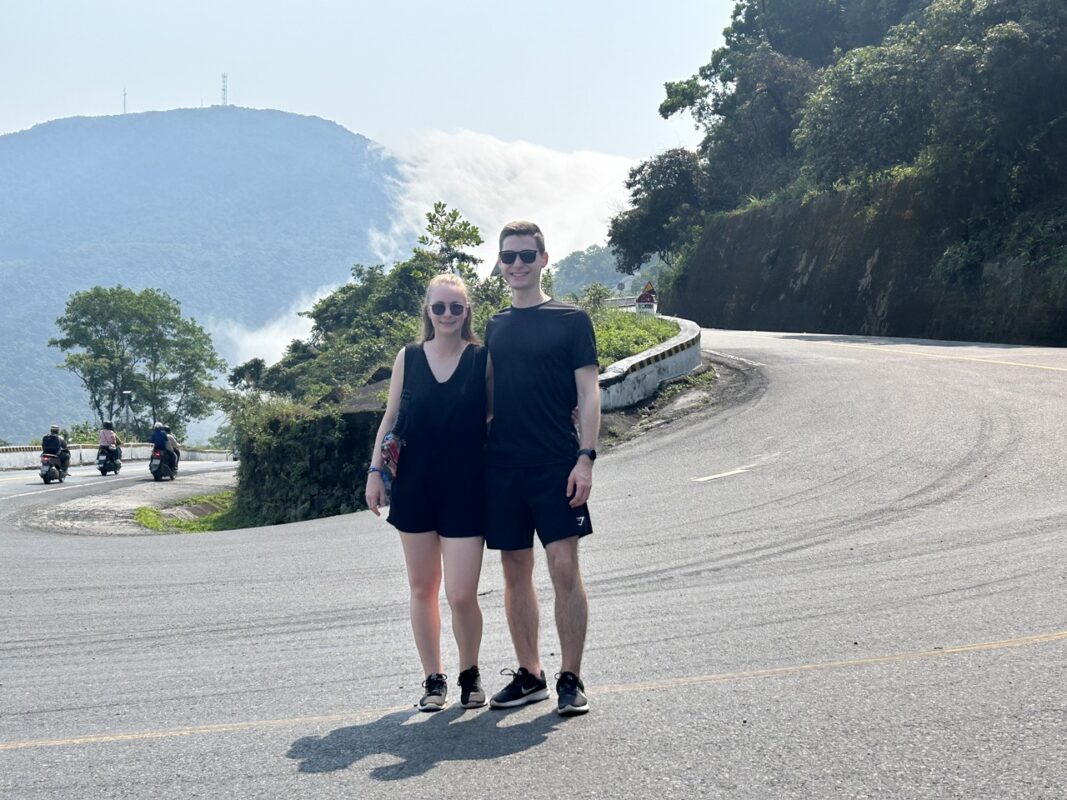
Duration: 5-6 hours
Cost: $120-180 for entire vehicle
Best for: Families, groups, or those seeking flexibility
A private car from Phong Nha to Hoi An offers the ultimate convenience. You’ll enjoy:
- Door-to-door service from your Phong Nha accommodation
- Flexibility to stop at attractions along the way
- Air-conditioned comfort throughout the journey
- Space for luggage and equipment
“We stopped at the Vinh Moc Tunnels and La Vang Church without any rush. Our driver was knowledgeable and made the journey part of our Vietnam experience.” – Sarah, TripAdvisor Review
2. Tourist Bus: The Popular Option
Duration: 6-7 hours
Cost: $15-25 per person
Best for: Solo travelers and budget-conscious tourists

Several companies operate daily tourist buses on this route:
- The Sinh Tourist: Departs 7:00 AM and 1:00 PM
- Hung Thanh: Morning departure at 6:30 AM
- Queen Cafe: Afternoon service at 12:30 PM
Most tourist buses include:
- Hotel pickup in Phong Nha town
- One meal stop in Hue
- Drop-off in Hoi An city center
- Basic English-speaking staff
3. Motorbike: The Adventurous Route
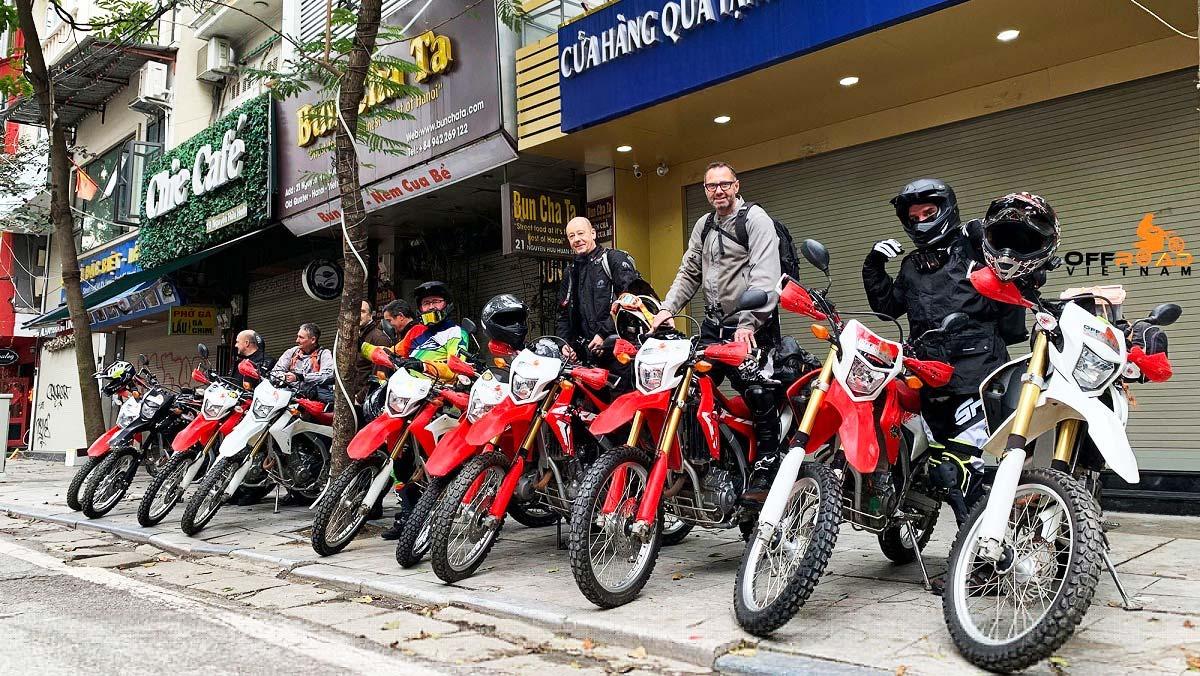
Duration: 7-8 hours (with stops)
Cost: $8-15 motorbike rental + fuel
Best for: Experienced riders seeking adventure
Riding a motorbike from Phong Nha to Hoi An offers unparalleled freedom. The route follows the legendary Ho Chi Minh Highway before joining the coastal road.
Essential stops for motorbike travelers:
- Vinh Moc Tunnels (30km detour) – Underground village from the war
- Hue Citadel – Perfect lunch break spot
- Lang Co Beach – Stunning coastal views
- Hai Van Pass – The highlight of any motorbike journey
4. Train + Bus Combination
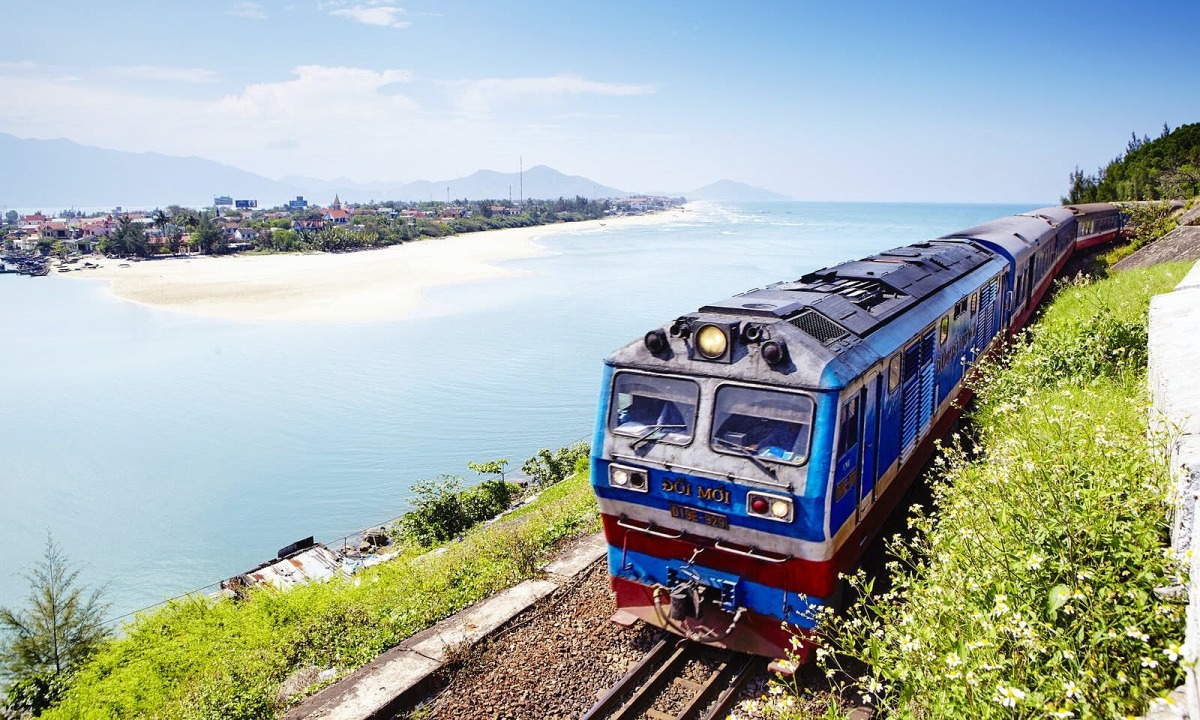
Duration: 8-9 hours total
Cost: $20-35 combined
Best for: Those who enjoy train travel
While there’s no direct train, you can combine:
- Bus from Phong Nha to Dong Hoi (45 minutes)
- Train from Dong Hoi to Da Nang (4-5 hours)
- Bus or taxi from Da Nang to Hoi An (45 minutes)
Detailed Route Comparison Table
| Transport Mode | Duration | Cost (USD) | Comfort Level | Flexibility | Best For |
|---|---|---|---|---|---|
| Private Car | 5-6 hours | $120-180 | ★★★★★ | High | Families, Groups |
| Tourist Bus | 6-7 hours | $15-25 | ★★★☆☆ | Low | Budget Travelers |
| Motorbike | 7-8 hours | $15-25 | ★★☆☆☆ | Very High | Adventurers |
| Train+Bus | 8-9 hours | $20-35 | ★★★★☆ | Medium | Train Enthusiasts |
Must-See Stops Along the Way
1. Hue Imperial City
The former capital deserves at least a lunch stop. Visit the Citadel or enjoy bun bo Hue (spicy beef noodle soup) at Hanh Restaurant. For those interested in history, check out our guide to exploring Hue’s Imperial Heritage.
2. Hai Van Pass
Known as the “Ocean Cloud Pass,” this mountain road offers spectacular coastal views. The pass featured in Top Gear’s Vietnam Special and remains one of the most scenic drives in Southeast Asia. According to Google Travel, it’s rated as a must-do experience.
3. Lang Co Beach
This pristine stretch of sand makes for a perfect photo stop. The 10-kilometer beach is backed by mountains and faces the East Sea, creating a stunning tropical paradise backdrop.
Practical Travel Tips
Best Time to Travel
The ideal months for this journey are:
- February to August: Dry season with clear skies
- Avoid October-November: Heavy rainfall can affect road conditions
- Early morning departures: Beat the heat and arrive with daylight
What to Pack
Essential items for your Phong Nha to Hoi An journey:
- Motion sickness medication – The route has many curves
- Light jacket – Air-conditioned buses can be cold
- Snacks and water – Limited stops on some services
- Power bank – For the long journey
- Cash in Vietnamese Dong – For meal stops and tips
Booking Your Transportation
Advance booking is recommended, especially during:
- Vietnamese holidays (Tet, National Day)
- Peak tourist season (July-August, December-January)
- Weekends and full moon festivals in Hoi An
Pro tip: Book through your accommodation in Phong Nha for the best rates and reliable service. Many hotels have partnerships with transport companies.
Alternative Routes Worth Considering
Multi-Day Journey Options
Transform your transfer into an adventure with overnight stops:
- Day 1: Phong Nha to Hue (explore the Citadel)
- Day 2: Hue to Hoi An (via Hai Van Pass)
This allows for deeper exploration of Central Vietnam’s highlights. Learn more about multi-day itineraries in our Central Vietnam Travel Guide.
Arrival in Hoi An: What to Expect
Most transportation drops you at:
- Tourist buses: Usually stop at their offices on Hung Vuong or Le Loi streets
- Private cars: Direct to your accommodation
- Train station transfers: Da Nang station is 30km from Hoi An
Frequently Asked Questions
Is the road from Phong Nha to Hoi An safe?
Yes, the route is well-maintained and regularly traveled. The AH1 highway is Vietnam’s main north-south artery with good road conditions. However, always choose reputable transport companies and avoid traveling during severe weather.
Can I store luggage during stops?
Tourist buses have luggage compartments that remain locked during stops. For valuable items, keep them with you. Private cars offer more security for belongings.
Should I break the journey in Hue?
If you have time, absolutely! Hue offers incredible historical sites and cuisine. A one-night stop allows you to explore the Imperial City and enjoy the journey at a relaxed pace.
What about traveling with children?
Private cars are most comfortable for families. Tourist buses can be challenging with young children due to limited stops. Consider breaking the journey in Hue to make it more manageable.
Final Recommendations
The journey from Phong Nha to Hoi An is more than just a transfer – it’s an opportunity to experience Central Vietnam’s diverse landscapes. Whether you choose the comfort of a private car, the economy of a tourist bus, or the adventure of a motorbike, planning ahead ensures a smooth journey.
For most travelers, we recommend:
- Budget travelers: Tourist bus with advance booking
- Comfort seekers: Private car with scenic stops
- Adventure enthusiasts: Motorbike via Hai Van Pass
- Time-rich travelers: Multi-day journey with Hue stopover
Remember to check weather conditions, book transportation in advance during peak season, and keep some flexibility in your schedule. The journey between these two UNESCO sites showcases why Vietnam remains one of Southeast Asia’s most captivating destinations.
For more detailed information about destinations in Central Vietnam, visit authoritative travel resources like Lonely Planet’s Central Vietnam Guide or check current road conditions through official Vietnamese transport websites.
Safe travels on your journey from the underground wonders of Phong Nha to the lantern-lit magic of Hoi An!



